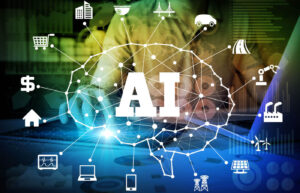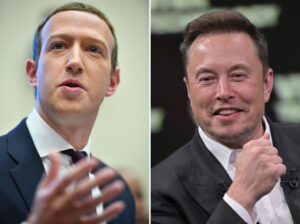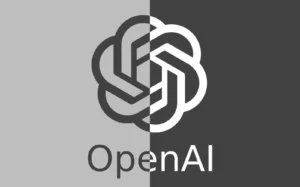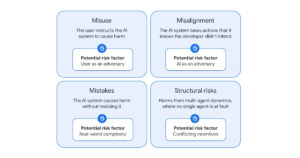Google DeepMind Introduces New Video Model to Compete with Sora
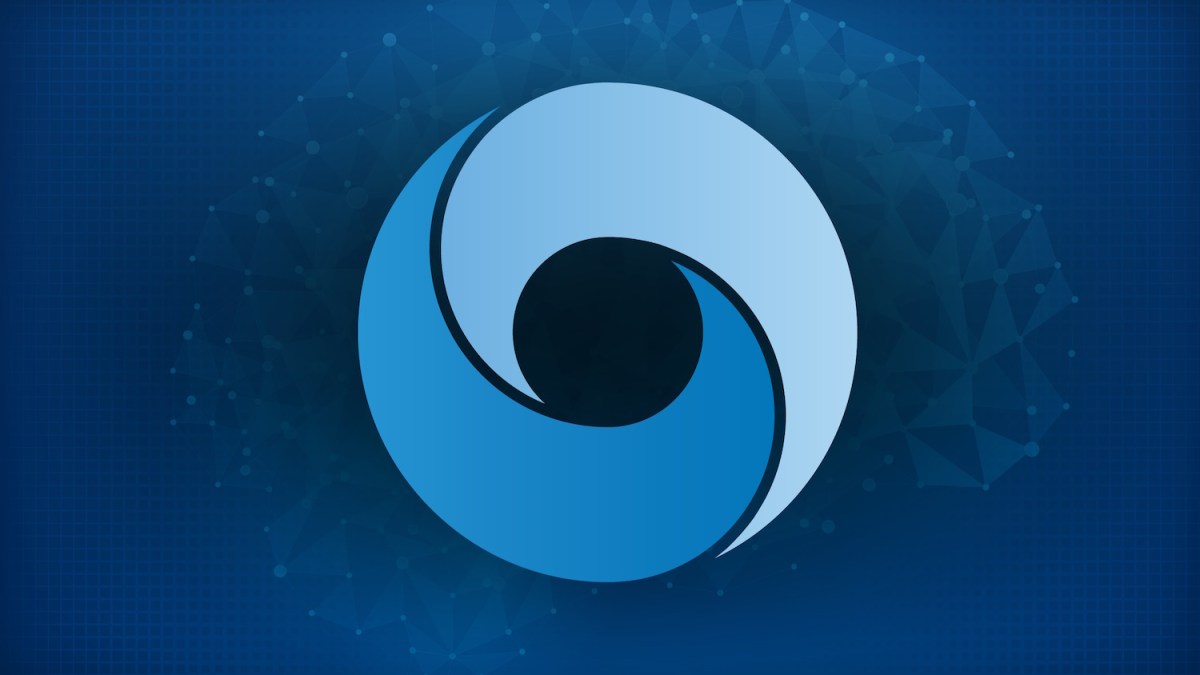
Google DeepMind’s New Video-Generating AI: Veo 2
Google DeepMind, the renowned AI research lab, has unveiled its latest innovation, Veo 2, a next-generation video-generating AI. This advanced model is designed as the successor to Veo and promises to revolutionize video creation within Google’s diverse product lineup.
Capabilities of Veo 2
Enhanced Video Creation
Veo 2 is capable of producing videos that exceed two minutes in length, with a maximum resolution of 4K (4096 x 2160 pixels). This offers a significant edge over OpenAI’s Sora, which can only produce shorter videos at lower resolutions. Currently, Veo 2 is integrated into Google’s experimental tool, VideoFX. However, videos created in this platform are currently restricted to a resolution of 720p and a duration of just eight seconds, while Sora offers up to 20 seconds at 1080p.
User Access and Future Plans
Google has initiated a waitlist for users interested in accessing Veo 2 through VideoFX, with plans to expand availability soon. According to Eli Collins, VP of Product at DeepMind, Veo 2 will ultimately be accessible via the Vertex AI developer platform when the model is ready for wider use. Collins emphasizes that user feedback will guide ongoing developments, leading to more updates in the future.
Features of Veo 2
Improved Performance
Veo 2 introduces several enhancements compared to its predecessor. It can generate video content using a simple text prompt or a combination of text and an image reference. The latest version boasts a better understanding of physics, camera control, and delivers clearer video quality. This improvement means that moving scenes will appear sharper, and the virtual camera within the videos can adjust more accurately to capture objects and motion from various angles.
The model also aims for a more realistic depiction of motion and fluid dynamics, contributing to the finer details of light behavior, such as shadows and reflections. DeepMind highlights improvements in creating intricate textures and emulating complex animations, like those seen in Pixar films.
Limitations and Challenges
While Veo 2 shows impressive capabilities, it still struggles with achieving total realism. DeepMind acknowledges that the model occasionally misses the mark on consistency and coherence, especially with complex prompts over long durations. There are also challenges related to character consistency, intricate details, and capturing fast-paced movements.
Collins stated that while Veo 2 can initially adhere to a prompt effectively, it can falter as the video progresses, showcasing areas for further development.
Training and Ethical Considerations
Data Utilization
Veo 2 was trained using a vast collection of videos to learn patterns and generate content. While DeepMind is vague about the specific sources of training data, it is widely believed that YouTube, owned by Google, may contribute to the dataset. The model is trained on high-quality video-description pairs to enhance its capability in generating relevant content.
Copyright and Content Use
The methods employed by AI programs like Veo 2 raise important ethical questions, particularly regarding copyright and the use of creators’ work. DeepMind claims that its training process falls under "fair use," allowing it to use publicly available data without explicit permission from content owners. However, not all industry professionals agree, with concerns arising about potential job impacts within the creative sector due to AI.
DeepMind maintains a commitment to collaborating with artists and creative individuals to refine its tools. The company has engaged with notable figures from the arts to enhance its understanding of the creative process and to shape future developments.
Safety Measures and Technology
To address concerns related to deepfakes and content misuse, DeepMind has integrated SynthID, a proprietary watermarking technology, to mark outputs produced by Veo 2. This technology aims to embed invisible indicators within generated videos, helping to designate authenticity.
Despite its technological advancements, the watermarking system is not foolproof and continues to present challenges in ensuring the responsible use of generated content.
Related Developments: Imagen 3
Alongside Veo 2, Google DeepMind has also announced updates to Imagen 3, its image-generating AI model. The new version enhances the image creation process, allowing for brighter and better-composed visuals. The upgrades also include improved responsiveness to prompts and richer detail, catering to various artistic styles.
In addition, software modifications in ImageFX will help users refine their prompts more efficiently, encouraging exploration of creativity in the image generation process.
Through these developments, DeepMind aims to enhance the way creators and consumers experience AI-generated content and to address the evolving landscape of digital creation.

